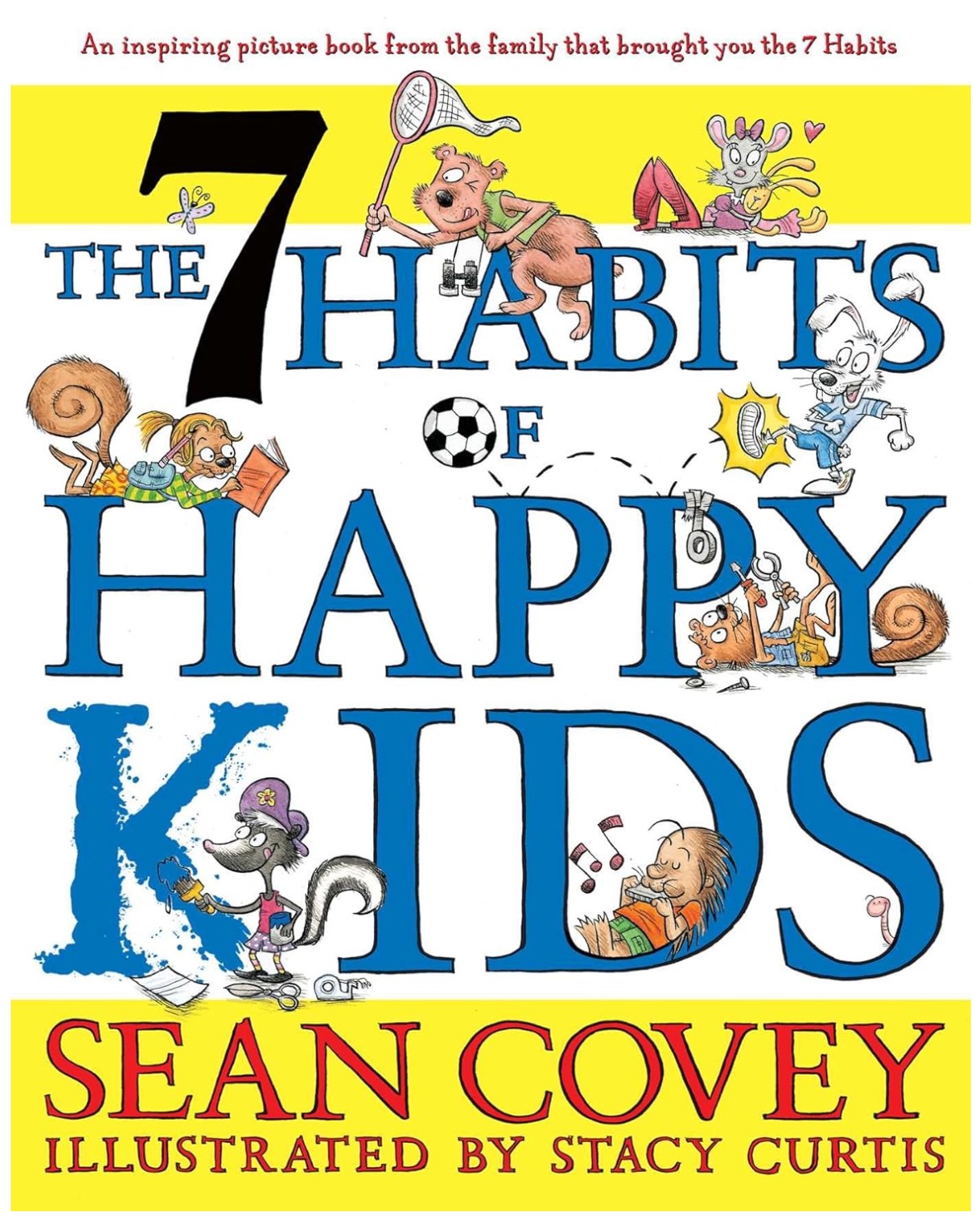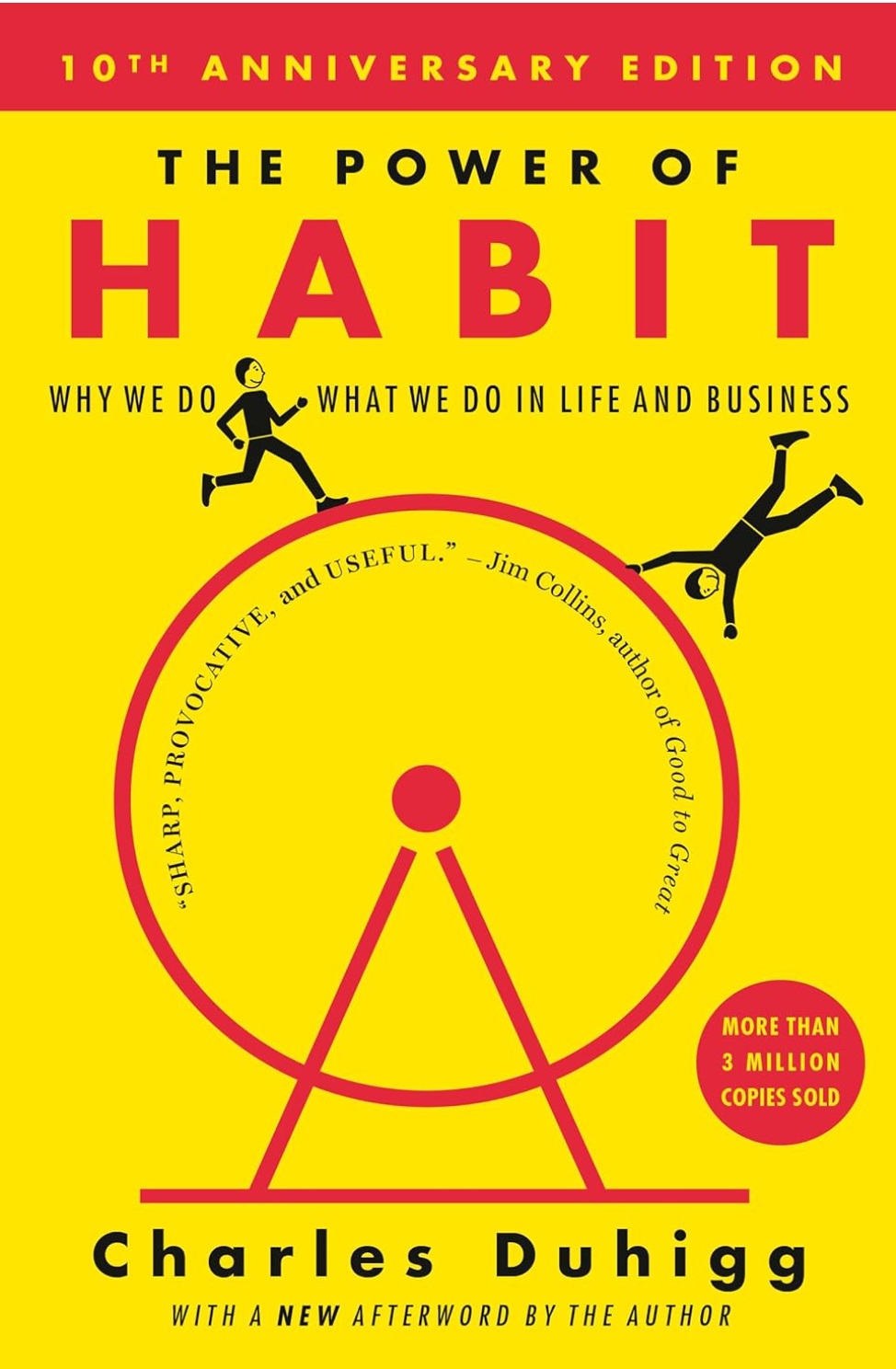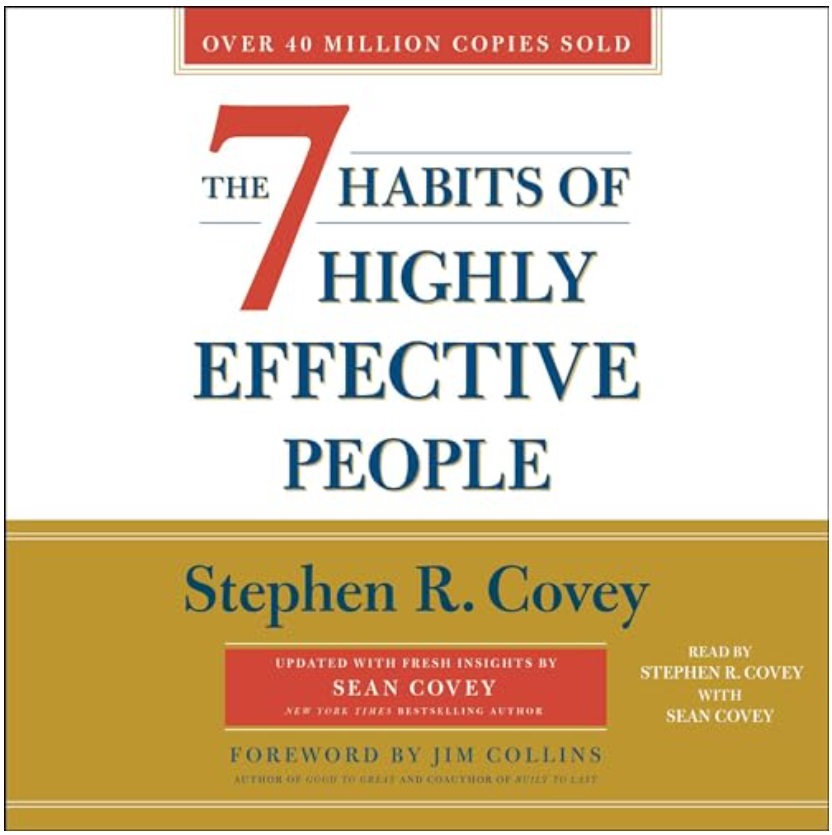What if chasing happiness is actually making us unhappy? The Happiness Trap helps you escape the cycle of struggle and resistance.
Based on Acceptance and Commitment Therapy (ACT), this book teaches you how to unhook from painful thoughts and take values-based actions instead.
With practical tools and a warm, down-to-earth voice, Dr. Russ Harris offers a new path to emotional freedom. You’ll learn to stop fighting your feelings and start building a life that really matters to you.
Table of Contents
ToggleIntroduction to the Book
Have you ever felt like something must be wrong with you because you’re not happy all the time? Or maybe you’ve chased one goal after another, only to find that the satisfaction fades quicker than you expected? If so, you’re in good company. And that’s exactly what Dr. Russ Harris addresses in The Happiness Trap, a book that’s as much a reality check as it is a guide to genuine emotional well-being.
Unlike most books in the self-help aisle that promise unending positivity, The Happiness Trap delivers a somewhat radical message: it’s perfectly normal to feel uncomfortable, anxious, or sad sometimes, and trying to eliminate those feelings is exactly what keeps us stuck. Harris combines science, psychology, and compassion to show us how to stop fighting our emotions and instead focus on creating a life filled with meaning.
I’ll admit, the first time I picked up this book, I was skeptical. I wanted tools to make my anxiety go away, not lean into it. But page after page, Harris’s calm, practical tone began to disarm me. It didn’t feel like a self-help guru preaching from a mountaintop. It felt like a human being saying, “Hey, me too. Here’s what actually works.”
Essence Of The Book
At its core, The Happiness Trap is based on Acceptance and Commitment Therapy (ACT), a psychological approach that encourages people to accept what is out of their control and commit to actions that enrich their lives. Harris challenges the idea that we’re supposed to feel happy all the time. In fact, he explains that chasing constant happiness is not only unrealistic, it’s deeply counterproductive.
The “trap” comes from our culture’s message that negative emotions are bad, something to be eliminated. Harris flips this completely. He invites readers to stop running from pain, and instead make space for it, learn from it, and keep moving in the direction of their values anyway. That shift, from control to acceptance, is what sets this book apart.
What I found fascinating is how deeply rooted this approach is in evolutionary psychology. Our brains are wired to notice threats, to worry, and to avoid discomfort. That’s helped us survive. But in the modern world, it can leave us spiraling. Harris’s message is that happiness isn’t about controlling your inner world, it’s about freeing yourself to live fully in spite of it.
My Compressed Summary Of The Book
The book is divided into digestible parts, each one introducing a new ACT concept. First, Harris helps us understand why chasing happiness often backfires. The harder we try to avoid discomfort, the more power it seems to have over us. He calls this “experiential avoidance,” and it’s surprisingly common once you start noticing it in your own life. I definitely saw myself in those examples.
Next, he explains how to build “psychological flexibility”, the cornerstone of ACT. This involves six core processes: defusion (unhooking from thoughts), expansion (making space for feelings), connection (staying present), observing the self, clarifying values, and committed action. Don’t worry, it sounds more clinical than it feels. Each process is broken down into simple metaphors, exercises, and real-life applications.
By the end of the book, you’re not left with a magic formula to eliminate stress or sadness. Instead, you have a set of tools that help you stop struggling with them. And honestly, that’s so much more useful. I walked away with a deeper sense of peace—not because everything was fixed, but because I no longer felt like I needed to fix everything to live a meaningful life.
Chapter by Chapter Quick Overview
Introduction – The Myth of Happiness
We’re taught that happiness should be a permanent state. But real life includes discomfort, sadness, and fear—and that’s perfectly normal. This intro chapter sets the tone, exposing the myth of constant happiness and explaining how our obsession with avoiding pain actually creates more of it.
Chapter 1 – Stuck in the Happiness Trap
This chapter introduces the “happiness trap”—our futile attempt to feel good all the time. Avoiding discomfort often leads to deeper suffering. Harris explains how our brains are wired to avoid pain, but this instinct backfires when we try to escape emotions that are part of being human.
Chapter 2 – The Six Principles of ACT
Here, we get a big-picture overview of the six principles behind ACT: defusion, expansion, connection, observing self, values, and committed action. These aren’t rigid steps but flexible, learnable tools to help us create space between us and our thoughts, and take meaningful action even when it’s hard.
Chapter 3 – The Problem with Thoughts
Thoughts can feel overwhelmingly powerful, but most aren’t factual or helpful. Harris introduces the idea of seeing thoughts as mental events, not truth. This chapter helps us unhook from thoughts that keep us stuck, and begin to notice them with curiosity rather than fear or obedience.
Chapter 4 – Stepping Back from Your Thoughts
Defusion techniques take center stage here. Instead of arguing with thoughts, you learn to step back and see them as just thoughts. Harris offers playful, effective tools—like repeating thoughts in silly voices or labeling them—that make it easier to let go of their control.
Chapter 5 – The Struggle Switch
The “struggle switch” is the habit of resisting painful emotions, which only makes them louder. Harris explains how turning off the switch reduces suffering. When we stop struggling and simply allow feelings to be there, they often pass more easily. This is a turning point in emotional resilience.
Chapter 6 – Making Room
Here, Harris teaches us how to expand—how to make room for difficult emotions instead of fighting them. It’s not about liking them, just letting them exist. The result? More energy, clarity, and space for what matters. Emotions lose their power when they’re no longer the enemy.
Chapter 7 – Dropping Anchor
This chapter introduces a simple but powerful grounding technique called “dropping anchor.” It’s great for when emotions feel overwhelming. By connecting to your body and the present moment, you anchor yourself in something stable, giving you a way to ride out emotional storms.
Chapter 8 – The Observing Self
There’s a deeper part of you that notices everything without judgment. Harris calls it the “observing self,” and it’s always calm and centered. Tapping into this self helps you see thoughts and feelings for what they are—temporary experiences, not definitions of who you are.
Chapter 9 – The Sky and the Weather
Using the metaphor of the sky and weather, Harris helps us see that we are like the sky—vast, stable, and capable of holding all emotional “weather.” Your feelings are the clouds, your thoughts the storms—they come and go. But you remain. This metaphor is grounding and unforgettable.
Chapter 10 – Values
Now the book shifts toward what gives life meaning. Values are the qualities of being and doing that you want to embody. Rather than chasing happiness, Harris invites us to live by our values—even in pain. That’s where fulfillment, not fleeting pleasure, comes from.
Chapter 11 – Goals and Action
With values clarified, the next step is taking committed action. Harris shows how to set meaningful goals that align with who you want to be. Even small, value-driven steps can lead to a powerful sense of progress. The focus shifts from outcome to purpose.
Chapter 12 – Overcoming Barriers
Barriers—like fear, self-doubt, and inertia—are inevitable. This chapter teaches how to use ACT tools like defusion and expansion when resistance shows up. You don’t need to wait until you’re confident. You just need to act in the direction of your values, with your discomfort riding shotgun.
Chapter 13 – A Meaningful Life
The final chapter brings it all together. Life isn’t meant to be pain-free, but it can be deeply meaningful and rich. Harris leaves us with a reminder that practice matters. ACT isn’t a one-time fix—it’s a lifelong toolkit for living well, no matter what shows up.
Writing Style & Flow
One of the reasons this book is so accessible is Russ Harris’s tone. He writes like someone who’s been there. There’s no jargon, no ego, and no pressure to achieve emotional perfection. Just simple, clear, and often surprisingly warm explanations of how our minds work and how we can respond more skillfully.
The structure of the book is gentle but progressive. You build on concepts gradually, and Harris repeats the essentials in different ways to really help them stick. I especially appreciated the use of metaphors, like the passengers on the bus or the tug-of-war with a monster. These stick with you long after the book is closed, and honestly, they helped me reframe some long-held beliefs within minutes.
Also, the flow of the book makes it easy to put into practice. Every few pages, you’re given a tool or exercise you can try out immediately. There’s no need to master anything before moving forward. It’s an invitation to experiment, reflect, and adapt as you go. And if you’re the kind of reader who loves interactive, workbook-style reading, this book will feel like a gift.
Key Strengths & Weaknesses
Strengths
One major strength of The Happiness Trap is its countercultural honesty. Harris doesn’t pretend that a perfect life awaits once you master these tools. Instead, he focuses on resilience, adaptability, and meaning. It feels like a conversation with a friend who genuinely wants to help you, not sell you a dream.
The tools are also grounded in research. ACT is a clinically supported therapy model, and Harris has the credentials to back it up. But more than that, the advice works in daily life. Whether you’re dealing with anxiety, grief, procrastination, or just general life stress, the practices apply.
Another huge strength is how inclusive the book feels. It’s not specific to any gender, background, or lifestyle. Whether you’re a stay-at-home parent or a high-powered executive, the message lands. And I think that’s because the focus isn’t on changing who you are, but on working with what you’ve got in a healthier way.
Weaknesses
That said, there are a few things worth noting. Some readers may find the repeated emphasis on “acceptance” frustrating at first, especially if they’re in a crisis and craving relief. Learning to sit with discomfort is not an easy or immediate process, and it can feel counterintuitive.
Others might find that certain examples in the book feel a bit dated or repetitive, especially if you’ve read earlier versions or other ACT-based books. While the second edition updates some references, the core message hasn’t changed, and that might be a drawback for returning readers looking for something entirely new.
Also, while the exercises are powerful, they require effort. This isn’t a book you read passively. You’ll get the most out of it if you actually pause, reflect, and do the work. And let’s be honest, not every reader will be in the right headspace for that.
Who This Book Is For
If you’ve ever felt like you’re doing “all the right things” but still aren’t happy, this book is for you. It’s especially useful for overthinkers, perfectionists, and people who struggle with anxiety or emotional overwhelm. If you’ve been stuck in a loop of trying to control your thoughts and feelings, this book offers a way out.
It’s also a great resource for anyone who feels like traditional self-help hasn’t worked for them. Maybe you’ve tried affirmations, visualization, or positive thinking and still felt like something was missing. The Happiness Trap might just fill that gap.
Therapists, coaches, and educators will also find this book helpful, not just for themselves, but as a resource they can share with clients or students. It bridges the gap between therapy and everyday life in a way that feels supportive, not clinical.
What Reviews Thought
Amazon Reviewers
Amazon readers overwhelmingly praise the book for being life-changing, practical, and compassionate. Many say it helped them manage anxiety and depression in ways other books never did. One reviewer wrote, “This book didn’t make my pain go away, but it made me feel less afraid of it. That’s more valuable than I expected.”
Some readers mention that the second edition feels cleaner and more updated, with better formatting and pacing. A few noted that the Kindle version makes it easy to highlight and return to key sections, which is helpful given how tool-rich the content is.
Criticism is mostly from readers who wanted more instant gratification or felt the exercises were repetitive. Some also noted that the style is a little “therapist-y” at times, which might not appeal to everyone. Still, even mixed reviews tend to respect the book’s core message.
Goodreads Reviewers
Goodreads users echo much of the same praise. Readers consistently mention how The Happiness Trap shifted their entire approach to emotions. Many say it’s a book they return to often when life gets overwhelming.
Some readers compared it favorably to CBT-focused books, saying that ACT feels more human and less rigid. There’s a general sense of gratitude among reviewers, people don’t just like the book, they feel it helped them.
A few mentioned that the second half of the book slows down a bit or gets dense with exercises, but even those comments came from people who found the tools worth working through.
My Opinion On the Book's Shortcomings
To be honest, it took me a little while to warm up to the core idea of “acceptance.” At first, it felt like giving up. Why would I want to accept anxiety or sadness? But the more I practiced, the more I realized this isn’t passive acceptance, it’s active engagement. It’s saying, “This feeling can be here, and I can still move forward.” That shift felt empowering.
That said, the book does require patience. If you’re in a place where your emotional bandwidth is already low, the idea of doing “work” to feel better might feel overwhelming. I think Harris could’ve acknowledged that more. Sometimes we need validation before we need a tool.
Still, for me, the book’s gentle tone and steady repetition helped those ideas sink in over time. It’s not flashy, but it’s solid. And in the world of self-help, that’s rare.
My Thoughts on Applying This Book's Ideas
After finishing The Happiness Trap, I started using the concept of “defusion” every day. When a thought like “You’re failing” popped into my head, I practiced noticing it and naming it: “Ah, there’s the ‘You’re failing’ story again.” That small shift reduced the thought’s power significantly.
I also found myself using the values work to guide real decisions. Instead of asking, “What will make me happy?” I asked, “What aligns with the person I want to be?” That led to some hard but honest choices, and I’m grateful for that clarity.
Ultimately, the book helped me stop trying to “win” the emotional game. Instead, I started playing a different game entirely, one where presence, values, and kindness are the markers of progress, not fleeting moments of joy.
Comparison to Books on Similar Topics
Compared to The Power of Now by Eckhart Tolle or The Untethered Soul by Michael Singer, The Happiness Trap is more structured and grounded. It’s also more practical than The Subtle Art of Not Giving a Fck*, which shares a similar message about accepting discomfort, but in a much more brash tone.
If you liked Radical Acceptance by Tara Brach, you’ll find similar themes here, but with more tangible tools. And if you’re a fan of Atomic Habits, the committed action section in Harris’s book will resonate, it’s all about values-based habits.
Where most books say “feel better by thinking better,” this one says, “think less, feel more, act with meaning.” And that’s refreshingly different.
Final Verdict
The Happiness Trap is a rare book, grounded in science, brimming with compassion, and genuinely helpful. It won’t teach you how to avoid pain. But it will teach you how to stop letting pain run the show.
If you’re ready to step out of the cycle of chasing perfect emotions and start building a life rooted in meaning, this book is your companion. You won’t find quick fixes. But you will find something better: lasting tools, quiet wisdom, and a path that feels real.
Highly recommended for anyone seeking peace, resilience, and purpose in a messy, beautiful life.



































